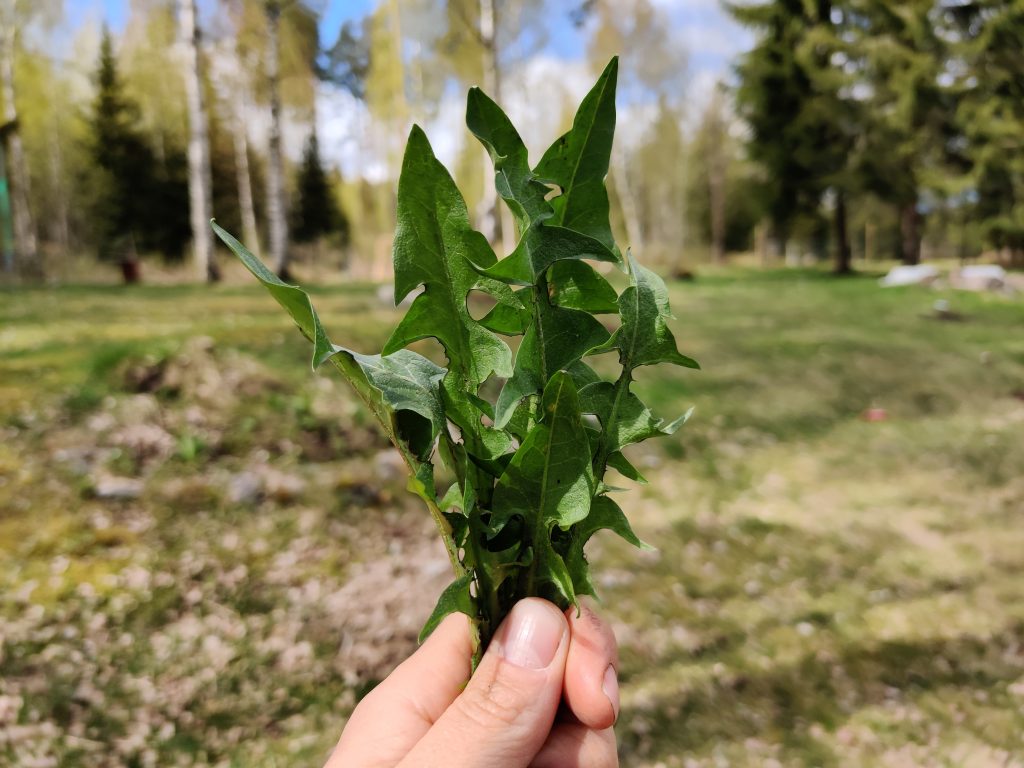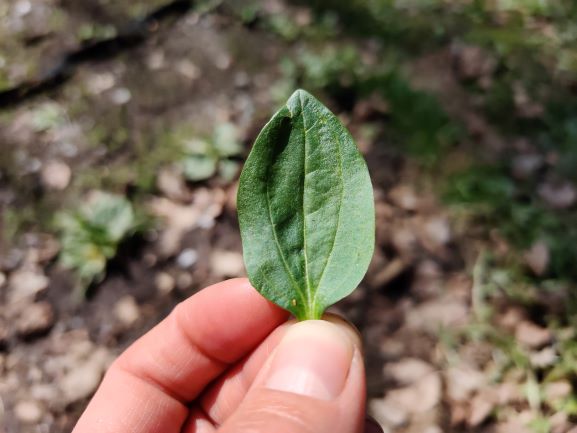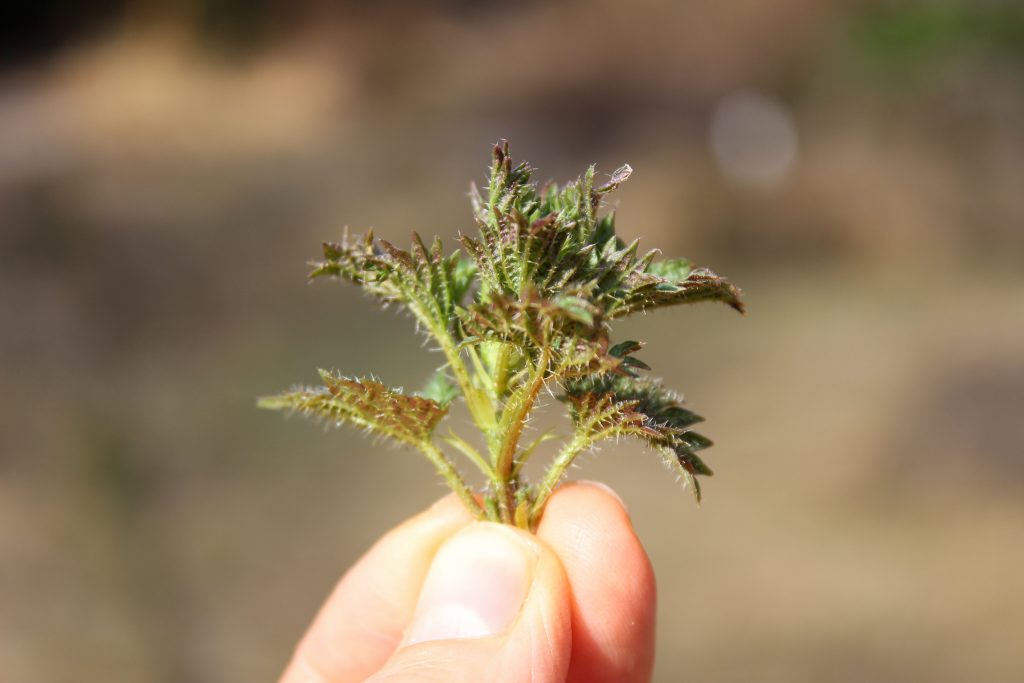Wild herbs offer an excellent opportunity to enrich our diets and explore the bounty of nature. When collected and used correctly, they can bring new flavors and health benefits to our kitchens. In this comprehensive guide, I will walk you through the safe and responsible foraging of wild herbs.
1. Tips for Safe Foraging
- Identification is Key: Before collecting anything, make sure you can accurately identify wild herbs. Use reliable sources such as plant books or join a wild herb course. Mobile apps can also be helpful but do not use apps as you only identification help.
- Avoid Polluted Areas: Collect herbs from clean areas, away from roads, industrial sites, and busy yards to avoid exposure to environmental toxins. Forage herbs at least 100-200 meters away from highways and other busy roads.
- Forage Sustainably: Take only a small amount of herbs at a time, ensuring that enough is left for the local ecosystem to recover. Avoid collecting endangered or protected species.
- Remember the Everyone’s Rights: You can forage grass-stemmed plants but leave roots, leaves, bark. sap and needles. To forage those you’ll need the landowner’s permission.
2. Where to Collect Wild Herbs
Wild herbs can be found in many locations. Here are a few popular spots:
- Forests and Meadows: Many wild herb species grow in natural forests and grasslands. For example, nettles, plantain, sorrels and blueberries are common.
- Yards: Your own yard or neighborhood may have herbs such as dandelions that you can utilize.
- Waterfronts: Herbs that grow near water, such as meadowsweet, can also be good foraging targets.
3. Common Wild Herbs and Their Uses
- Nettles (Urtica dioica): Nettles are nutrient-rich and high in vitamin C and iron. They can be used in soups, smoothies, or easily dried for tea.
- Dandelion (Taraxacum officinale): All parts of the dandelion are edible; young leaves can be used in salads, and the roots can be roasted or boiled.
- Plantain (Plantago major): This herb aids digestion, eases cough and wound healing. Leaves can be used in salads or brewed as tea.



4. Foraging Tools
You will need a few basic tools for foraging:
- Cloth or Paper Bags or Basket: It’s best to transport herbs in breathable bags and baskets to prevent wilting.
- Plant Guide: Aids in identification and verification.
- Gloves: Use gloves when picking nettles.
- Hand or Garden Shears: Useful for making clean cuts when collecting harder herbs.
5. Foraging Process
- Prepare the Area: Ensure you have a clean, dry, and sunny time to collect herbs.
- Identify the Plants: Confirm the identification of the herb before foraging.
- Collect Carefully: Only cut what you need while leaving enough for the plant’s vitality.
- Preparation at Home: Rinse herbs thoroughly under water (if they are dirty), chop, and prepare for use or preservation.
- Preserve: Most herbs can be dried. Do not dry in direct sunlight. Freeze or blanch and freeze to preserve the good flavors.
6. Resources and Further Information
- Good resources for wild herb identification include local plant books, the internet, and social media.
- I recommend joining local wild herb groups or attending events to learn more.
Conclusion
Foraging for wild herbs can be both rewarding and enjoyable. Remember to follow responsible practices and respect nature while collecting. Feel free to experiment with different wild herbs in your cooking!
Want to learn about foraging in Finland? Join my foraging workshops from May to August in Helsinki capital region. Book your spot via my web shop.